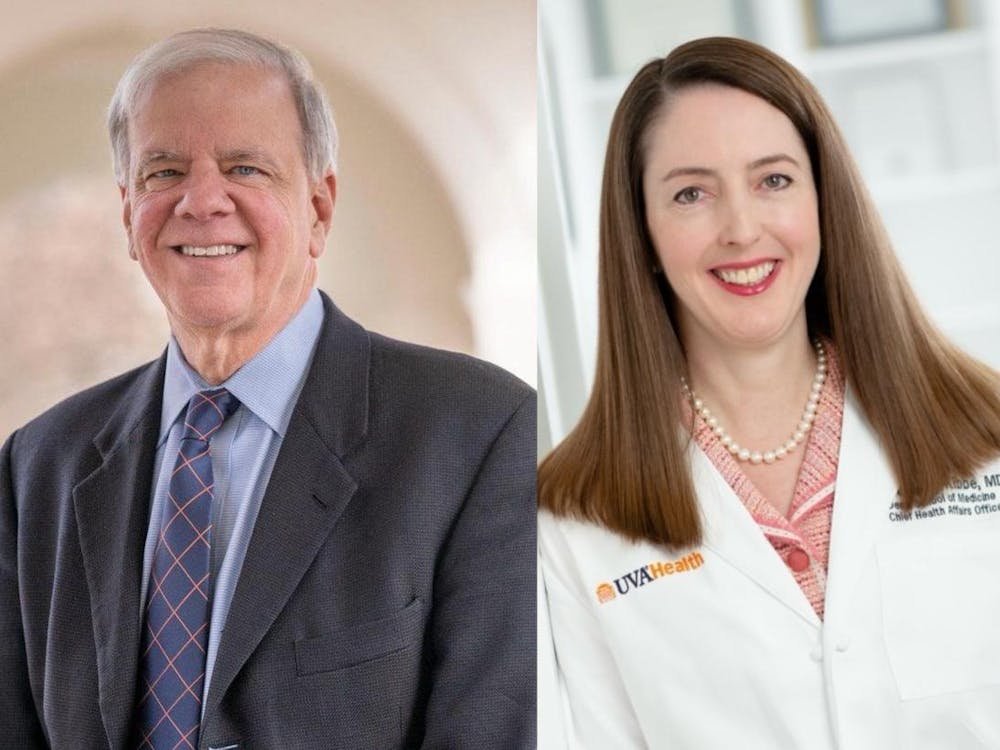The University of Virginia Library is an increasing participant in the ongoing trend towards digital media. Last September, the University announced plans to renovate Alderman Library to accommodate the preference of e-books over print media.
The development of massive online open courses, commonly known as MOOC, and increased use of online textbooks — tools that rely heavily on electronic media — demonstrates the University’s participation in the trend. For example, in 2013 the University library system spent $5.1 million on electronic materials while spending $2.2 million on printed materials.
The plans to renovate Alderman Library include more study spaces and an increase in digital texts in place of physical ones. Library Director of Communications Charlotte Morford said that the goals of these renovations is to equip the library for not just the current student population, but “the next 50 years of students as well.”
English Prof. David Vander Meulen observed the increasing popularity of digital texts.
“Every form has unique benefits,” said Vander Meulen. “The benefits of electronic forms have probably been paramount in people’s minds.”
While the convenience of e-books is often immediately apparent, it is taking time for users to recognize disadvantages of digital texts, Vander Meulen said.
“The pros are well known, including the searchability, but the cons are only gradually becoming apprehended,” said Vander Meulen.
Psychological findings dispute the benefits of digital media in education.
Multiple studies have yielded findings that contest the efficiency of e-books as educational tools. A 2003 study by Noyes and Garland concluded that digital texts were not as conducive to the formation of long-term memory as physical texts. They define information retrieval in terms of Remembered knowledge, which is episodic and fades easily with time, and Known knowledge, which is internalized and stored in long-term semantic memory.
Noyes and Garland found that the Remember frequencies of an experimental group who read a text from a computer screen were twice as high as Know frequencies. By contrast, a control group who reads the same text on paper yielded similar Remember and Know frequencies. In other words, subjects who read digital texts were significantly more likely to store the information in their short-term memory and later forget it.
A 2013 study by Mangen et al. found that reading modality, or the written medium in which information is presented, is a statistically significant factor in comprehension rates. In a representative sample of 10th grade students, subjects who read a given text on paper performed significantly better on a reading comprehension test than those who read the same text on a computer screen.
Vander Meulen argues that there are also significant cultural and historical advantages to physical texts.
“We can gain manufacturing clues from studying a book,” Vander Meulen said. “And those are clues not just to industry but to human beings who were making these things, which can give us insight into how people read over time.”





